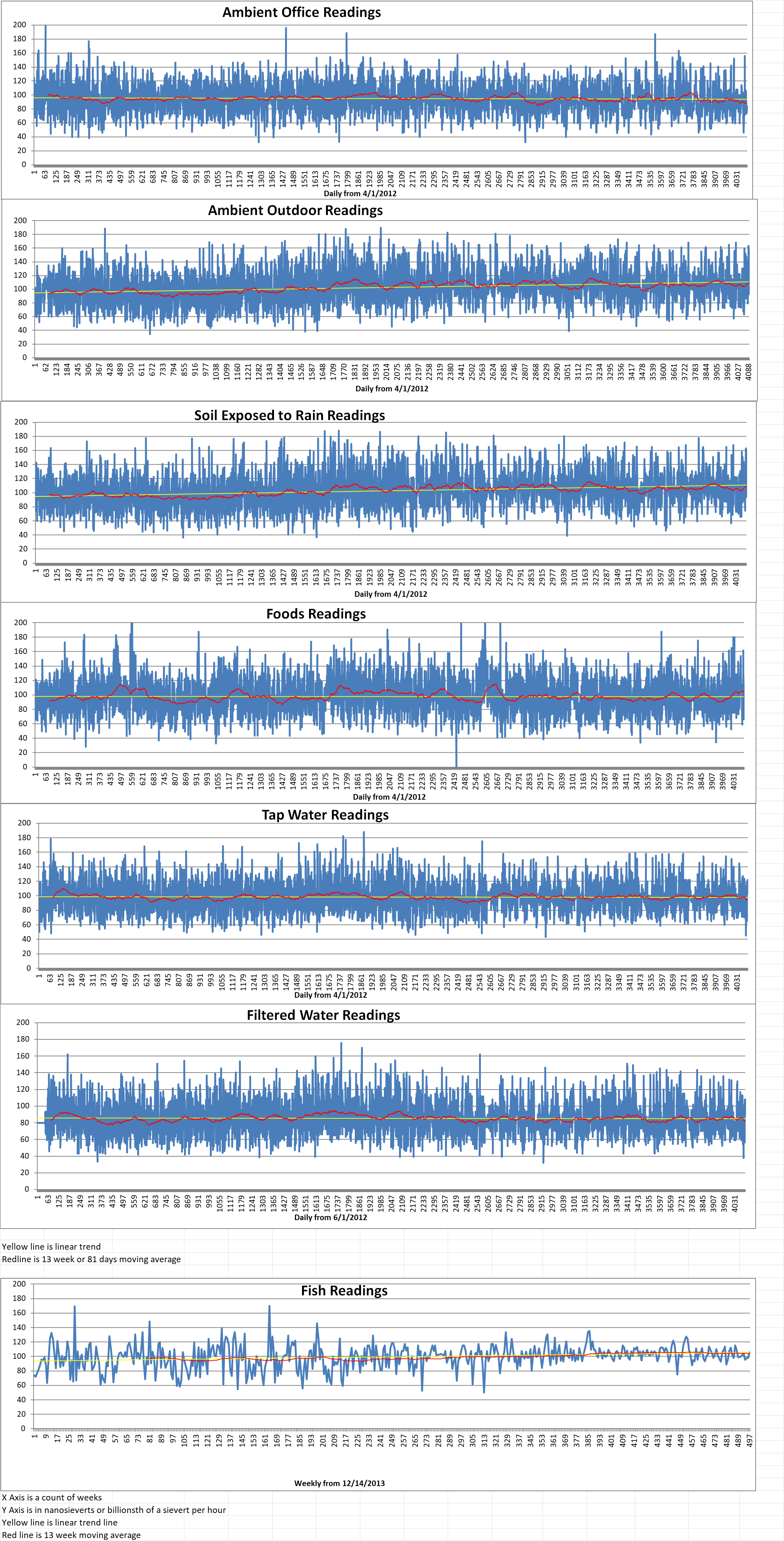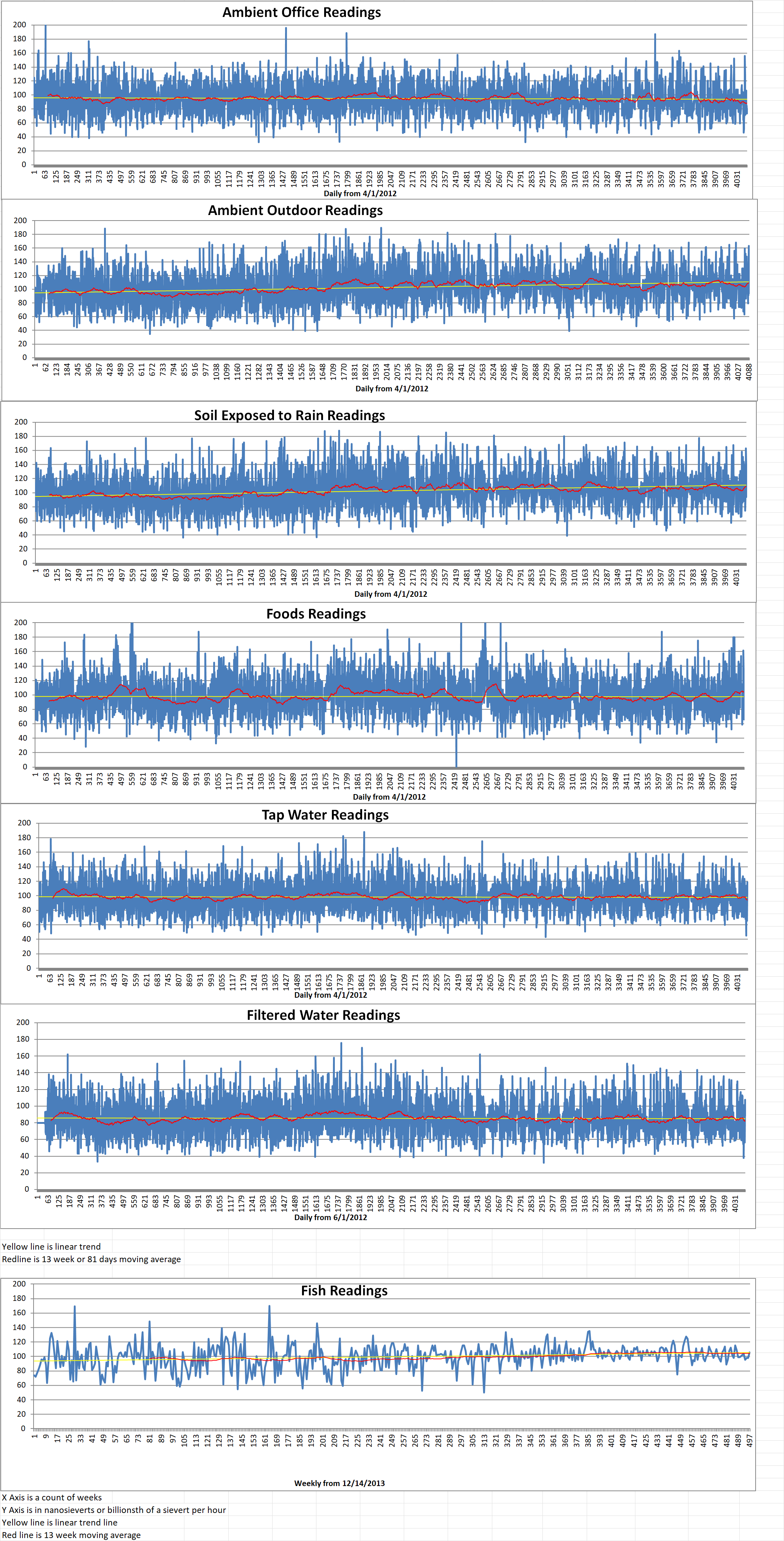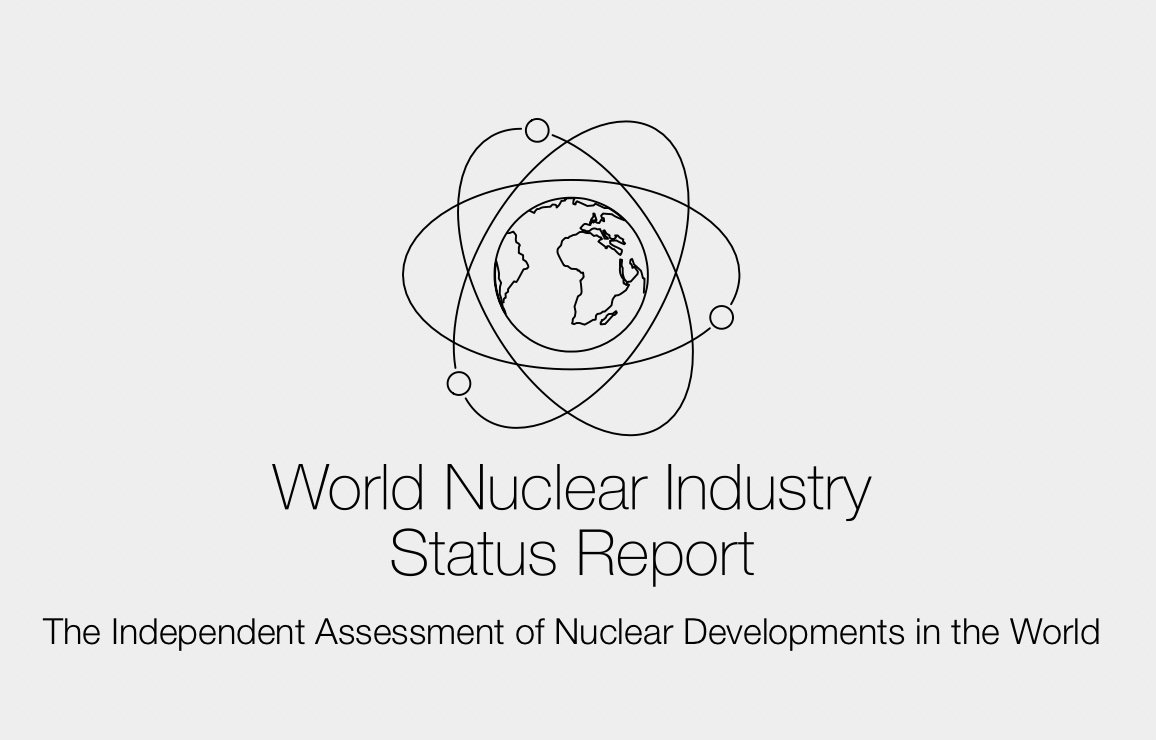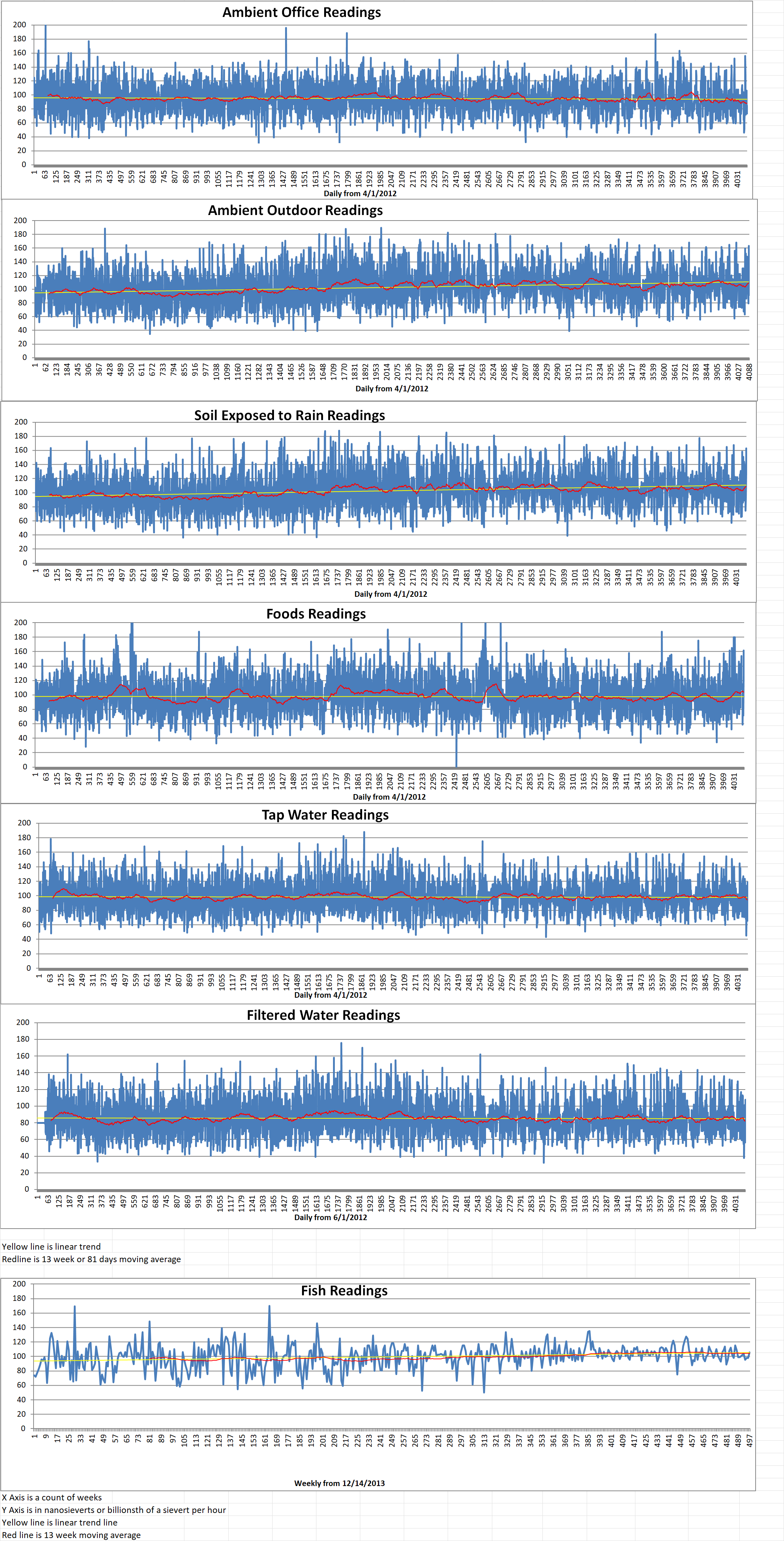Part 2 of 2 Parts (Please read Part 1 first)
The World Nuclear Industry Status Reports (WNISR) also emphasizes the underestimated hidden costs association with nuclear power, including decommissioning expenses and liabilities for accidents. Germany, Italy, and Lithuania are all phasing out the use of nuclear power. Decommissioning costs in these three countries were estimated to be orders of magnitude higher than international estimates. In the meantime, the Japanese government estimated the cost of the 2011 Fukushima accidents at an astonishing two hundred and twenty-three billion dollars.
Nuclear finances are even more alarming when they are compared with renewable energy sources. Renewable energy investments continue to outpace nuclear power investments. Total investments in non-hydro renewable electricity capacity reached four hundred and ninety-five billion dollars in 2022. This is fourteen times the investment in the construction of nuclear plants. Wind and Solar facilities alone generated twenty-eight percent more electricity than their nuclear counterparts. They account for eight percent of global electricity generation as compared with nuclear’s nine percent.
In terms of levelized cost of energy (LEOE), the report indicates that nuclear power can be nearly four-times the LCOE of onshore wind power at a discount rate of ten percent. With rapidly declining firming costs, they have a combined cost of forty-five to one hundred and forty dollars per megawatt-hour. (Energy firming is how operators guarantee the output from variable and intermittent power sources, such as solar and wind, for a committed period of time.) This can be compared to new nuclear power costs at a mean of one hundred and eighty dollars per megawatt-hour.
The global nuclear industry confronts an uncertain future. In addition, there are concerning new developments in the industrial sector. In the report, one nation stood out for going against the current as it continues to dominate the global nuclear market – Russia.
While China leads the world in the domestic number of reactors under construction with twenty-three projects, Russia dominates the international market with twenty-four reactors under construction. This includes nineteen Russia reactors being constructed in other countries. Russia has also developed new technology, notably the first and only floating nuclear power plant in the world. However, according to the report, construction delays plague many Russian nuclear projects.
In addition, both Russia and China have been connected to recent revelations about cyberattacks on Sellafield which is a nuclear site located on the Cumbrian coast in the U.K., by groups with close ties to the two nations. The investigation has raised global concern about the state of cybersecurity for nuclear sites.
The report also notes that Small Modular Reactors (SMRs) have not seen significant progress in the past year. There are no SMRs under construction in the western world. The most advanced SMR project in the U.S. involved the NuScale company. It was terminated in November of 2023 due to a seventy five percent increase in the cost estimate in just four years. Canada plans to construct four SMRs in Ontario. It is claimed that they will contribute eleven billion dollars to Canada’s gross domestic product.
In conclusion, the WNISR details a sobering picture for the global nuclear power industry as it grapples with economic challenges, national policy shifts and the dominance of renewable energy alternatives. As the world transitions towards clearer and cheaper viable energy sources, nuclear power is being left behind.
Despite these problems, recent announcements at the COP28 summit demonstrate that the nuclear industry is trying hard to remedy the situation. Canada, France, Japan and UK backed the global nuclear supply chain, planning investments to improve uranium enrichment and conversion capacity. U.S. Special Climate Envoy John Kerry launched an international engagement plan to advance nuclear fusion. He said the technology will be critical to the energy transition.
There have also been new developments in international cooperation with the U.K. and the U.S. signing a collaboration agreement to develop nuclear fusion technology. The U.S. and South Korea agreed to strengthen their cooperation on civil nuclear power. This includes large-scale, small-scale and advanced reactors, decommissioning and waste management, and supply chains.






